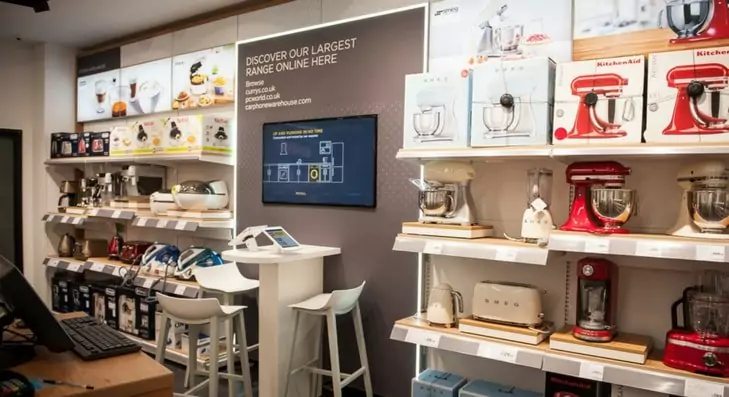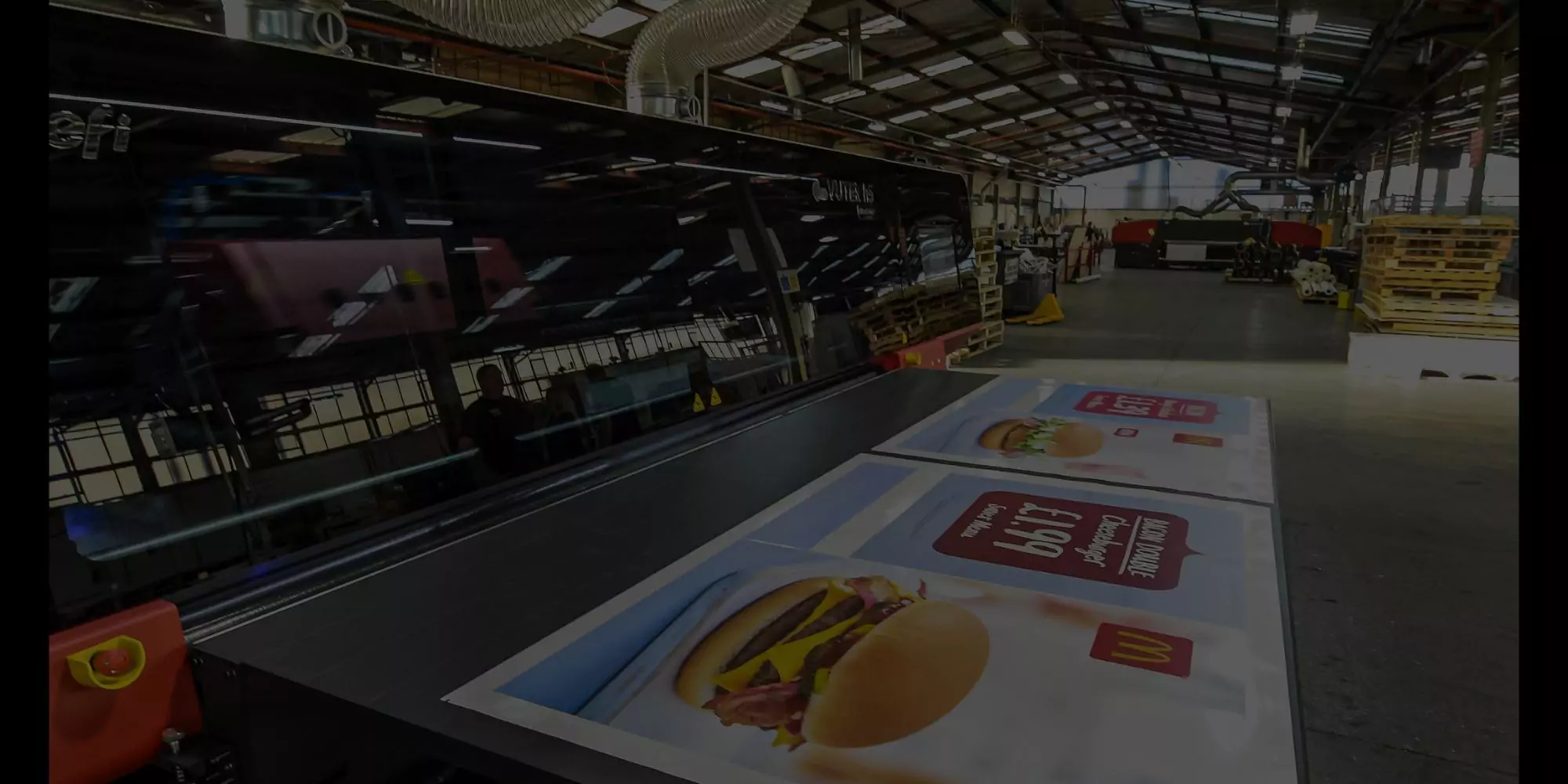
With (almost) all of 2018 ahead of us, we’ve peered into our crystal ball and seen what lies ahead for retailers. It appears that physical stores are flourishing, innovation is rife and mobile shopping will become even more significant.
Continued advances in technology have made life interesting for retailers for some years now. And while shifting consumer habits and expectations certainly keeps the industry on its toes, it’s not necessarily a bad thing. In fact, with a little adaptation, bricks and mortar stores stand to do well in 2018, with customers enjoying impressive levels of innovation and more personalised shopping experiences.
With that in mind, here are our top five trends to consider over the coming year and beyond.
1) Technology and innovation
Customers have wholeheartedly embraced ecommerce and the ease of shopping online. As a result, retailers have raised their game, often using technology to elevate the buying experience – online and offline. Innovations such as virtual and augmented reality lets consumers try products in-store or without even leaving the house. L’Oréal’s Makeup Genius app, for instance, lets customers try hundreds of products without a smudge in sight.
2) Handheld devices
Along with ecommerce, m-commerce (buying through a mobile device) is also firmly here to stay. With the recent introduction of ‘buy buttons’ on mobile-friendly social media sites like Facebook and Twitter, consumers can purchase products without having to leave these platforms. And the advent of 5G – pipped for global release in 2020 – will only accelerate our reliance on handheld devices.
3) Clicks to bricks
While online sales continue to grow year-on-year, accounting for 18% of all retail spend in December 2017, online sales from stores with a physical presence contributed the most to growth. It pays, then, to offer both an online presence for convenience and a bricks and mortar store for inspiration, advice and support. The importance of physical stores means there’s all the more reason to invest in informative point-of-sale displays and attention-grabbing free standing display units.
4) Personalisation
You may have noticed the way that streaming services like Netflix and Spotify suggest TV shows, films and music we might like based on what we’ve already consumed. So it stands to reason that retailers will follow suit, improving the way they communicate with us and better understanding our preferences. Talking to customers as individuals, rather than as a generic mass, will help; cleverly worded banners and high-impact billboards are easily installed and removed for seasonal relevance and can be a great way to connect with people.
5) Services over products
Retailers no longer prioritise products as their main offering, as consumers increasingly covet experiences over things. One example is the American department store, Nordstrom, which opened its first concept space in Los Angeles in 2017: Nordstrom Local. Unlike in its regular stores, customers can’t buy clothes; instead, there’s click-and-collect, returns and advice in the form of personal stylists, along with a nail salon, coffee shop and wine bar. In 2018, we can expect to see more instances of retailers switching up their in-store environments and ultimately redefining the shopping experience.
Cestrian specialises in creating brilliant customer experiences for some of the UK’s biggest retailers. If you’d like advice about outdoor advertising, display systems or installations, our experts are always happy to help.



